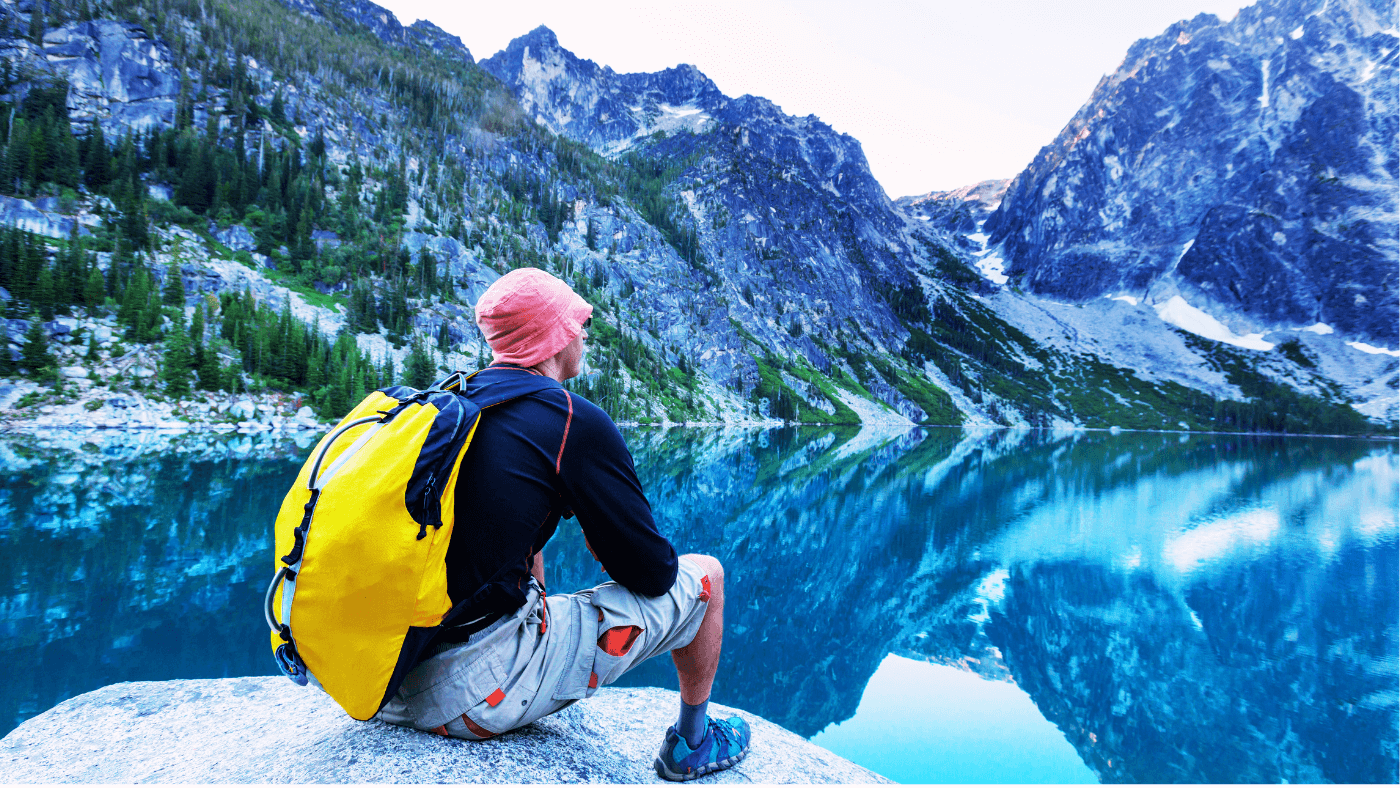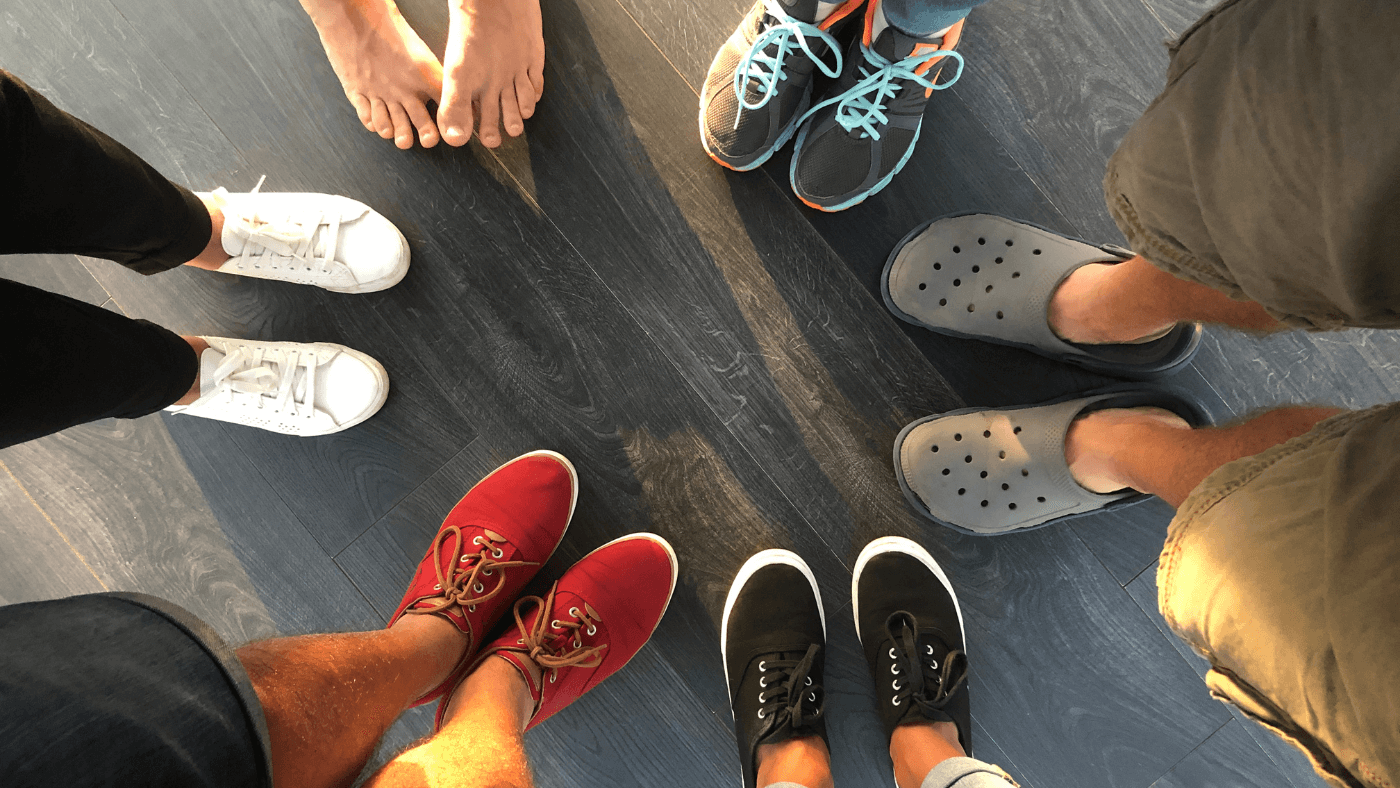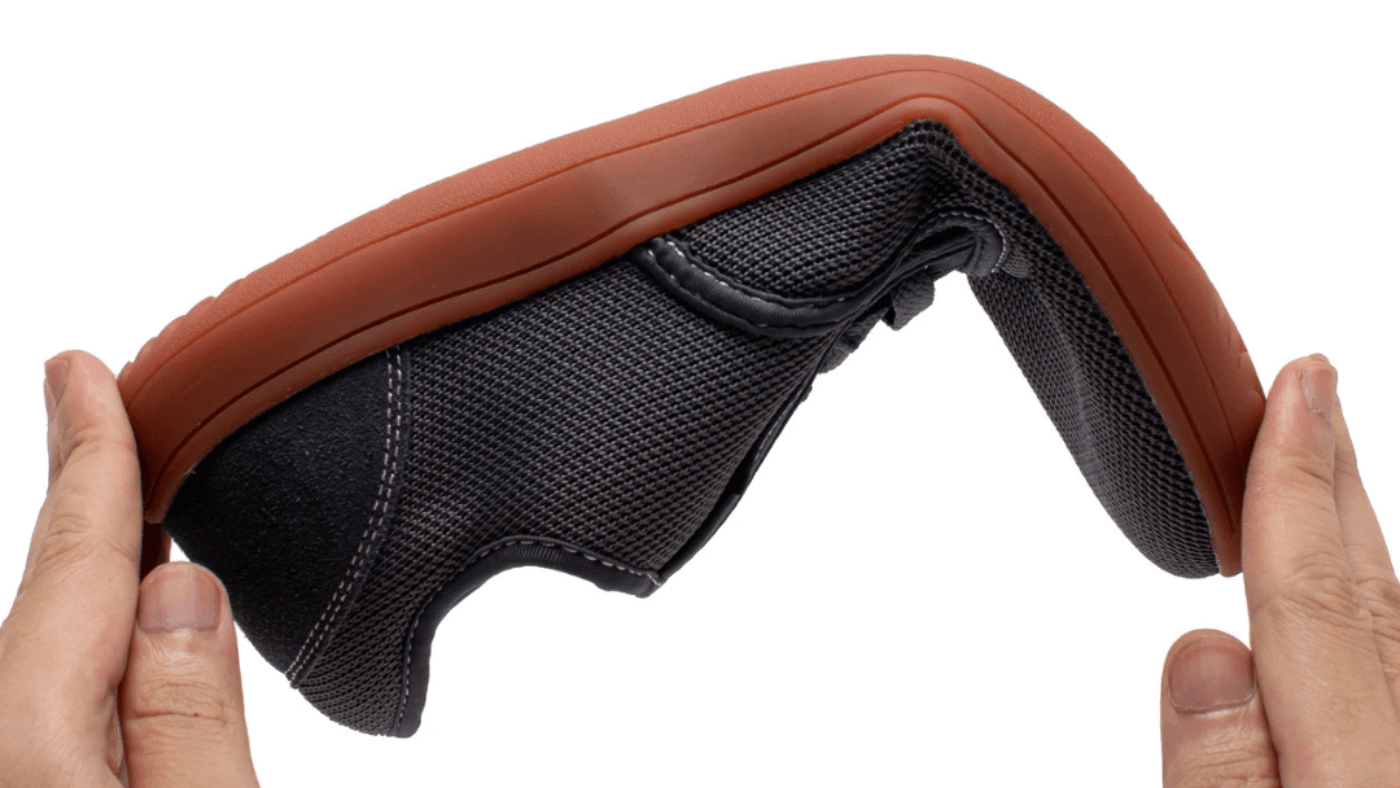Introduction: The Rising Trend of Barefoot Shoes
Barefoot shoes have become increasingly popular in recent years, and it's easy to see why. These minimalist shoes are designed to mimic the feeling of walking or running barefoot while still providing some protection for your feet. Unlike traditional footwear, which often comes with thick soles and arch support, these shoes allow for more natural movement and greater sensory feedback from the ground.
The trend started gaining traction among athletes and fitness enthusiasts who touted the benefits of improved foot strength, balance, and posture. As word spread, more people began to explore the advantages of these shoes for everyday wear.
The appeal goes beyond the functional; they also resonate with a growing number of consumers who prioritize sustainability. Many brands produce their footwear using eco-friendly materials and manufacturing processes, which appeals to those conscious about their environmental impact.
Another factor contributing to the rise of this footwear is the increasing awareness around foot health. Conventional shoes can sometimes contribute to foot problems such as bunions, plantar fasciitis, and flat feet. Minimalist shoes, on the other hand, encourage a more natural walking gait, potentially reducing the risk of these issues.
The minimalist design also offers a sleek and versatile look that can easily transition from a casual day out to a workout session. As a result, they have carved out a niche in both the athletic world and everyday fashion, making them a worthwhile consideration for anyone looking to improve their overall foot health and movement efficiency.
Understanding Barefoot Shoes: What Makes Them Unique?
In recent years, this type of footwear phenomenon has captured the attention of many fitness enthusiasts and health-conscious individuals. Unlike traditional footwear, minimalist shoes are designed to mimic the natural feeling of walking or running barefoot. These shoes generally feature a minimalistic design, with little-to-no cushioning, a thin sole, and a wide toe box that allows your toes to spread naturally.
One of the defining features is their thin, flexible sole. This ensures that your feet can move and flex as they would naturally. The lack of arch support and rigidity encourages your foot muscles to work harder, which can contribute to stronger, more resilient feet over time.
Another unique aspect is the zero-drop design. In typical athletic shoes, there's often a noticeable difference in height between the heel and the toe. These shoes, however, place both the heel and toe at the same level, promoting a more natural gait. This design can be beneficial in improving posture and reducing the risk of injuries related to abnormal foot movement.
Additionally, the wide toe box is a game-changer. Traditional shoes often squeeze your toes together, which can lead to various foot problems like bunions and hammertoes. These shoes, on the other hand, give your toes ample space to move and splay, reducing these risks.
In summary, the minimalist design of these shoes offers a back-to-nature approach that encourages a more natural foot movement and alignment. Their unique features set them apart from conventional footwear, making them a popular choice for those looking to improve their overall foot health.
III. Positive Effects of Barefoot Shoes on Foot Health
This type of footwear has been gaining popularity because of its potential benefits for foot health. Unlike traditional footwear, which often comes with thick soles and significant arch support, minimalist shoes are designed to imitate the natural shape and movement of the foot.
One of the key benefits is improved foot strength. The minimalist design allows your foot muscles to activate more naturally and work harder, which can strengthen the small muscles in the feet and toes over time. This can be particularly beneficial for those suffering from foot conditions like plantar fasciitis or flat feet.
Another positive effect is enhanced balance and coordination. With less material between your feet and the ground, you have a better sense of proprioception, meaning your feet can "feel" the terrain more accurately. This heightened sense of awareness can improve overall balance and make activities like running and hiking more stable and enjoyable.
Minimalist shoes also promote a more natural walking and running gait. Traditional footwear with padded heels can encourage heel striking, which might lead to various injuries over time. On the other hand, these shoes encourage a midfoot or forefoot strike, distributing impact forces more evenly and reducing the risk of stress-related injuries.
Additionally, they can help improve posture. When your feet are allowed to move naturally, they can contribute to a more aligned and balanced posture, which may alleviate back, knee, and hip discomfort in the long run.
The transition should be done gradually to experience these benefits fully and avoid injuries. But for many, the switch can lead to healthier, stronger feet and a more enjoyable movement experience.
IV. Unexpected Side Effects of Barefoot Shoes
This footwear has garnered much attention for promoting natural foot movement, but they can also introduce some unexpected side effects. Firstly, wearing these shoes often means reduced cushioning compared to traditional footwear. This can lead to discomfort and even pain, especially if you are not used to the reduced shock absorption. Your feet and legs may feel sore after prolonged use, as they adapt to the new movement patterns.
Another potential issue is the lack of arch support. For people with flat feet or pre-existing conditions, this type of footwear can exacerbate problems, causing strain and discomfort. Transitioning too quickly can also increase the risk of injuries like plantar fasciitis or Achilles tendonitis. This is because your muscles and tendons need time to adjust to the new style of walking or running.
These shoes can also expose you to external elements more than regular shoes. You may experience more bruises, cuts, or scrapes on uneven terrain. Cold weather can be particularly challenging, as these shoes typically offer minimal insulation.
Lastly, they require you to adjust your gait. This is a positive for some but can be a downside for others. Improper adjustment can lead to incorrect posture and related issues like back pain.
Overall, while minimalist shoes can offer numerous benefits, it's essential to be aware of these potential side effects and take steps to mitigate them. Start gradually, listen to your body, and consult a healthcare professional if you experience significant discomfort or pain.
Transitioning to Barefoot Shoes: Tips for a Smooth Switch
Transitioning to this type of footwear can offer numerous benefits, but doing it safely is crucial to avoid potential issues. Here’s a guide to help you make the switch smoothly and reap the rewards.
Start Gradually
The key is to ease into wearing these shoes rather than making a sudden switch. Begin by wearing them for short periods each day and gradually increase the time over several weeks. This allows your feet to adapt to the change in support and cushioning.
Strengthen Your Feet
Since minimalist shoes provide minimal support, it's important to strengthen your foot muscles. Incorporate foot-strengthening exercises like toe curls, arch lifts, and calf raises into your daily routine. This will prepare your feet for the different stresses they’ll experience.
Choose the Right Terrain
In the beginning, stick to soft, forgiving surfaces like grass, sand, or rubber tracks. Avoid hard or rocky ground until your feet have adapted to the new footwear style. This reduces the risk of discomfort and injury.
Pay Attention to Your Body
Listen to what your body is telling you. If you experience persistent pain or discomfort, it might be a sign that you’re overdoing it. Scale back the time you spend in minimalist shoes and give your feet time to recover.
Invest in Quality
When selecting these shoes, opt for high-quality options with good reviews. Poorly made shoes can cause more harm than good. Look for features like a wide toe box, flexible sole, and minimal padding.
Consult a Professional
Consider consulting a podiatrist or a footwear specialist before making the switch. They can provide personalized advice based on your foot type and existing conditions, ensuring a smoother and safer transition.
By following these tips, you can enjoy the benefits while minimizing potential risks.
VI. Conclusion: Is the Switch to Barefoot Shoes Right for You?
Switching to this type of footwear can be a game-changer for many people, offering a more natural walking and running experience. By mimicking the way our ancestors moved, these minimalist shoes can strengthen foot muscles, improve balance, and potentially reduce the risk of certain injuries. However, the transition requires careful consideration and understanding of your own body.
Start by assessing your current foot health. If you have a history of foot problems like plantar fasciitis or have been heavily reliant on orthotic supports, consult a healthcare professional before making the switch. This type of footwear offers minimal arch support, which may not be suitable for everyone, especially without proper advice and gradual adaptation.
Another key point is to transition gradually. Your feet will need time to build the strength required for this footwear. Begin by wearing them for short periods and gradually increase the duration as your comfort level improves. This will help avoid potential issues like muscle soreness, blisters, or tendon strain.
It's also crucial to listen to your body during this transition. Pay attention to any signs of discomfort or pain, and adjust accordingly. Remember, the goal is to improve foot health, not to exacerbate existing issues.
In conclusion, minimalist shoes can offer significant benefits but aren't a one-size-fits-all solution. With careful planning and gradual implementation, they can be a valuable addition to your footwear arsenal. Always prioritize your comfort and well-being to decide if they are the perfect fit for you.










